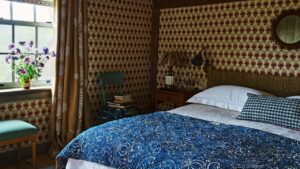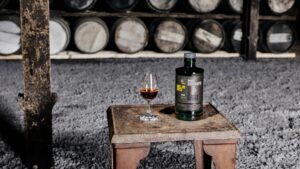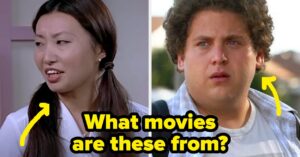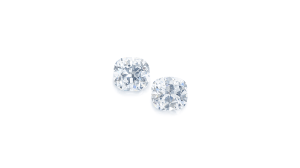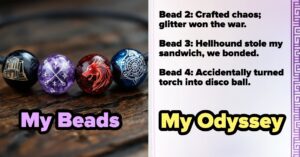Credit: architecturaldigest.com
“Everything I did and wrote was based in love and my desire to entertain and bring glee and creativity to young people and to everyone,” Paul Reubens says in the newly released Max docuseries, Pee-wee As Himself. Reubens ascended to cultural ubiquity in the 1980s with his smash hit character, Pee-wee Herman. First as a live show, then in the Tim Burton film Pee-wee’s Big Adventure, and perhaps most lastingly, in the television series Pee-wee’s Playhouse that ran for five seasons, Reubens undeniably did just what he set out to. Visually, the show conveyed an off the wall giddiness that didn’t confine itself to typical television set design rules.
The jagged-edged red door, the wagging-armed chair named Chairry, the beatnik jazz band’s brick wall alcove—an entire bustling world was contained in the walls of Pee-wee’s playhouse, from the very first episode. The walls and floor were painted with abstract patterns in a variety of colors, and tchotchkes abounded. From Chairry to the three flowers in the flowerbed to Magic Screen, the decorations were his friends and his friends were his decorations. His space was very much alive. “He’s a really imaginative person who doesn’t let other people make rules for him, so naturally his place would reflect his personality,’” Gary Panter, the show’s lead production designer, told the New York Times in a 1987 interview.

Chairry (right of centre) and other Pee-wee’s Playhouse staples including Dirty Dog, Chicky Baby, and Cool Cat in the background.
Photo: Michael Ochs Archives/Getty ImagesPanter was an alt comic artist who’d designed the original stage sets for Reubens before Pee-wee made his jump to the screen. He worked with two other then-comic artists, Wayne White and Ric Heitzman, to flesh out the world further for the television series. While in retrospect, people might lump the Playhouse in with the rest of the ’80s postmodern milieu, the team had rules to avoid fitting too cleanly into that aesthetic. “Jokingly, we said, ‘Okay, no more ’80s new wavy stuff,” White says. “No flying triangles and squiggly lines.” The result was a surrealist explosion of color and pattern, a Pop Art take on a ’50s sitcom set.

